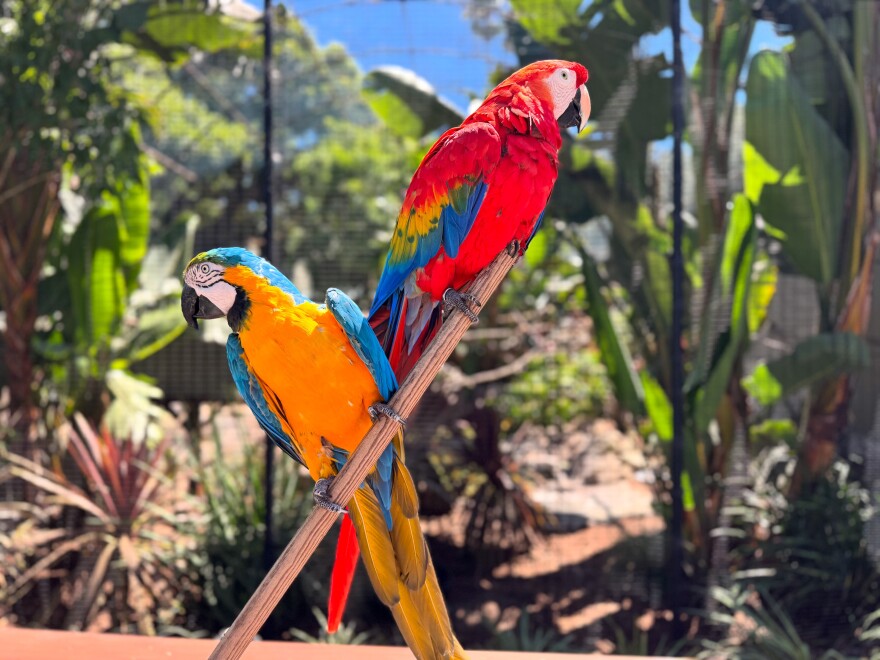This pavilion at the Santa Barbara zoo used to be a less-attractively named exhibit.
"It used to be called the Eeeww Pavilion," explained Whitney Roemer, Education Supervisor of Animal Experiences and Engagement at the Santa Barbara Zoo.
"I didn't love, when people came in, they just assumed everything was EW-y," said Roemer.

So the critters got a spin doctor, and the home of the creepy crawlies has been transformed, and with it, their reputations.
"They were cockroaches, frogs, snakes, lizards, the same thing we have now, but you're going with the idea that everything's wonderful," said Roemer. "Oh yeah, well, 99% of cockroach species are just the kind that live out in the wild and eat rotten logs and dead animals. Only 1% are the kind that bug us in our houses, so they do need some love.
It’s now an immersive experience called Tropical Wonders. It gives visitors a chance to get up close to sometimes misunderstood species like cockroaches, snakes, frogs, and lizards, and to appreciate their importance in our ecosystem.
"One of my favorite animals, snakes, are also terribly misunderstood, and we have several in here," said Roemer. "They control all rodent populations, so if you don't love gophers in your backyard, or rats and mice, you just need more snakes!"
"Some people clutch their pearls when they go by [the snakes], but then they get to see Monty the ball python with her cute little face, burrowing into my hand, and Chief, who is our big Burmese python, he just...drinks water and floats around, and he's like a big puppy. But he's a 12-foot-long Burmese python. Getting people to have these interactions with the individual and knowing the individual instead of using, almost, like a prejudice that people just develop," said Roemer.


As part of the exhibit, a giant walk-through aviary with a waterfall transports you to feeling rainforest vibes and is home to some colorful tropical birds.
"These animals are put on a platform, a pedestal, so you can see how stunning they are, how tropically wonderful they are," said Roemer.
She says the human visitors don't bother the birds, even though there's no fence as a barrier.
"If anything, they just will watch people, and we always hope that people are as respectful as possible since we are in their home right now. They just watch people, they know that this is the human side, but they know that this their space, humans don't go on that side unless the keeper goes over there, which they know they're keepers. Yeah, they're kind of watching us, just seeing what we're doing.

These visitors said they enjoyed being so close to nature.
"The real experience with the birds...it feels nice," said one visitor.
"It's good. It's more you experience it better, huh?" said another.
"I like it because I remember God's creation, the animals. I feel so calm," said another visitor.
The amphibians, birds, mammals, and reptiles here may hail from tropical regions all around the globe. Still, they’re all connected in one crucial way—playing critical roles in maintaining the health of our planet.



